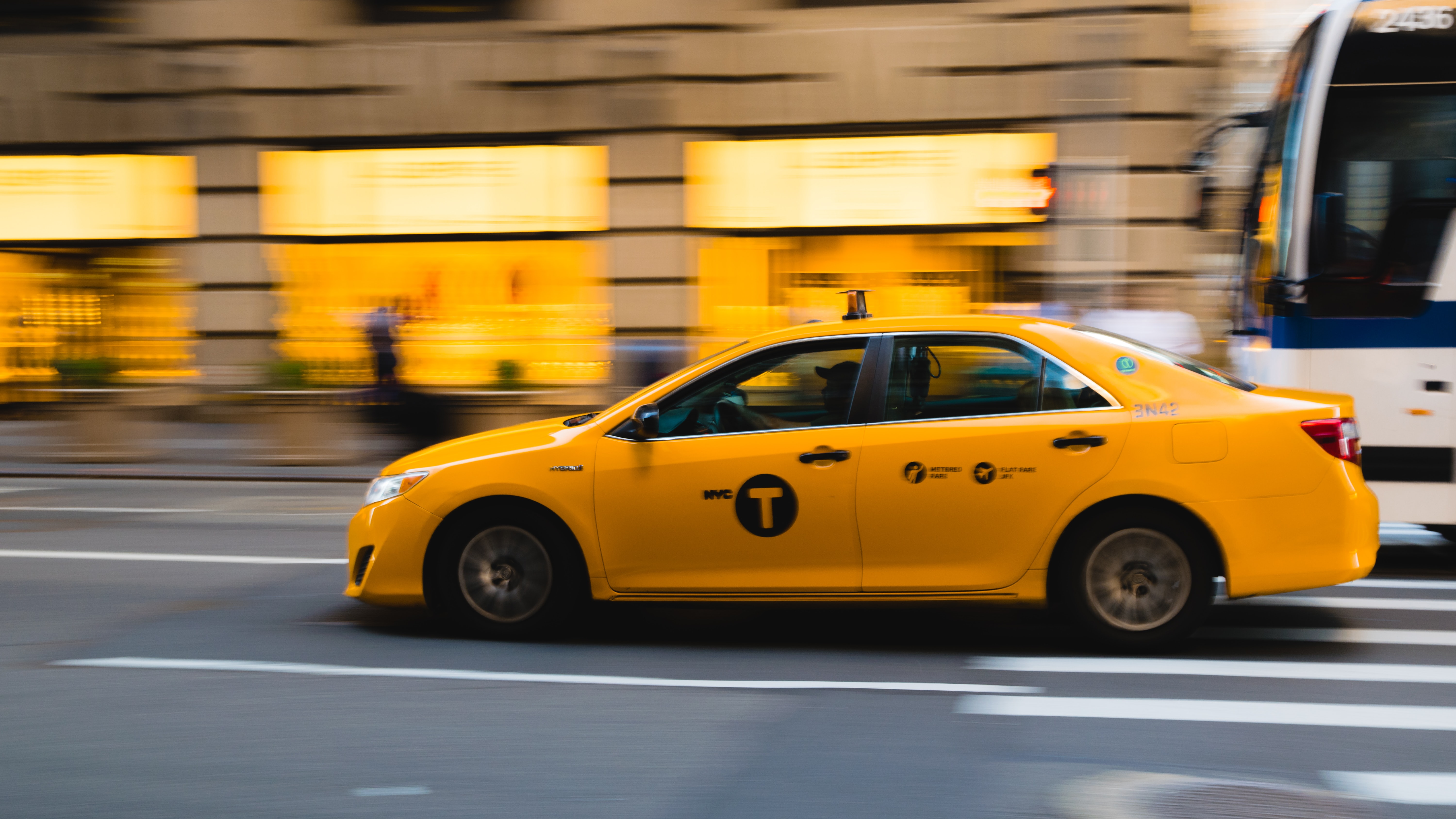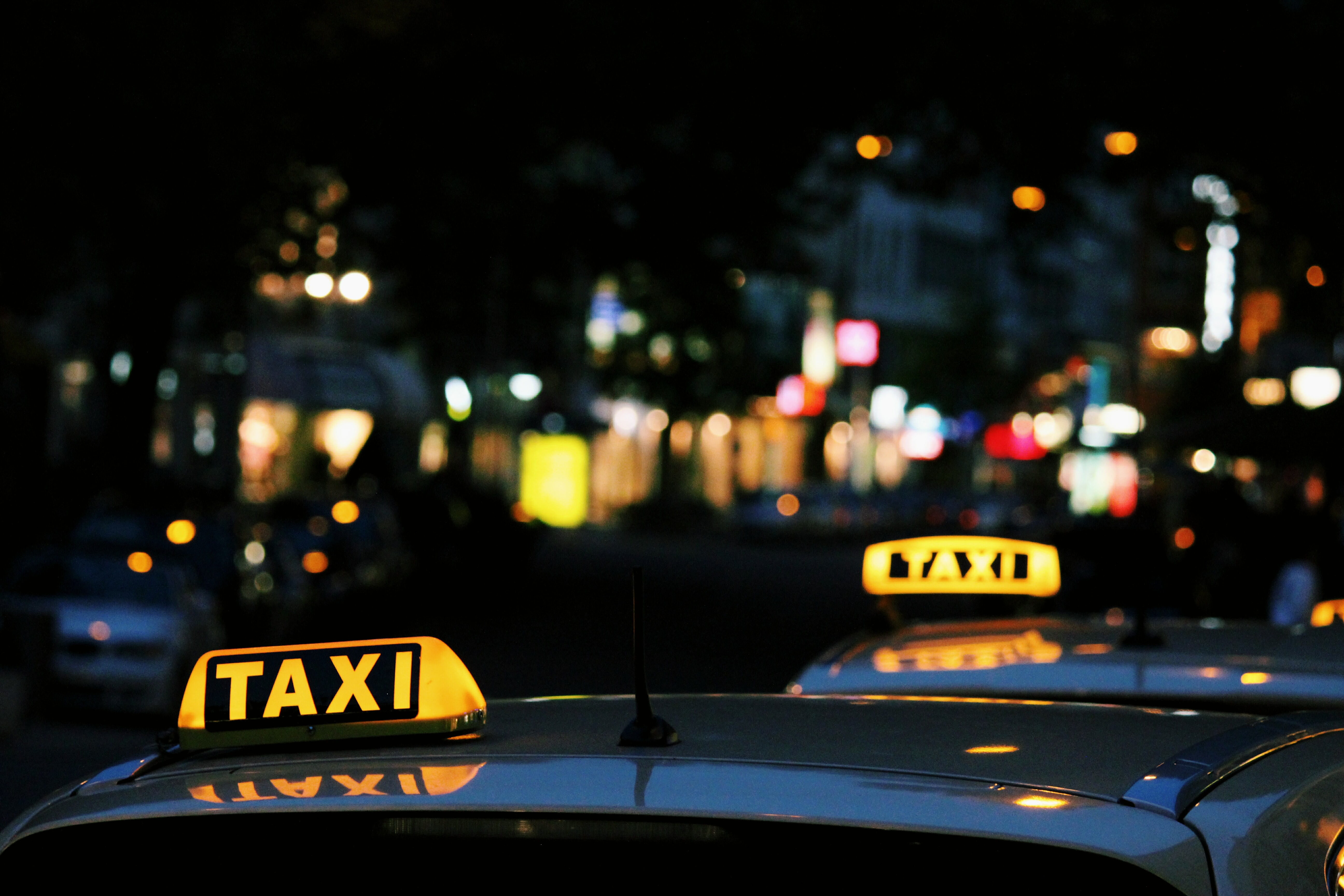Uber after being embroiled in controversies and lawsuits that it has not developed rides for people with wheelchairs has finally announced that the Chicago citizens who are handicapped can avail the service. This service was not long ago availed by the handicapped persons by typing in a given code which was retrieved from the handicapped-accessibility sectors. However, now that requirement has been nullified related to what the ride hailing giant has stated.
Uber has made strides by joining forces with drivers and the other associated people to augment this feature and now there are 65 vehicles on the road which can be accessed by Wheelchair bound people by using the app. It is termed as UberWAV where the “WAV” stands for wheelchair accessible vehicles. These vehicles are like a revamped van with extra space to accumulate a wheelchair.An executive of Uber Chicago noted that Uber is taking up the venture to benefit wheelchair bound persons with a full fledged and serious mindset.
This statement was made nearly a year after the authorities passed an ordinance indicating the ride sharing brands to become user-friendly and beneficial for the disabled peoples. Chicago noted that the availing plans where accumulated from Uber and other companies.
However, Uber was not in a position to tell the statistics percentage related to the wheel chair accessible taxis in the city. Featured are 259 accessible vehicles based on the database of the city’s website. It aims to increase this by 400 come next year. The UberWAV ride charges are same as that of typical Uber single passenger rides. The company has rolled out the beneficial program to other cities as well where since the inception of this month, steps were taken to implement 70 such vehicles for the city of Philadelphia.
The riders in Chicago Lyft were earlier able to avail such a vehicle with the help of the Lyft app however it did not reveal the aggregate statistics of the vehicles. One of the main talks of the City Council in June last year was accessibility with regards to the ride sharing norms.
The initial draft related to the ride-sharing ordinance was that at least 5 % of Uber vehicles have to be wheelchair accessible where the service had to be similar to the variant Uber services related to expenditure and time. A less stronger variant of the ordinance requested the ride-hailing brands to make strides to augment the service.
Uber has faced criticism and lawsuits related to the inattention it was giving to the implementation of wheelchair accessible vehicles. Suits were filed in the metropolises like New York and Washington D.C. A similar suit was filed in Chicago the previous October.In response to such backlash and lawsuits, Uber assured that it is taking up the issue associated with handicapped people availing rides in a full fledged and serious manner.
The implementation of UberWAV program in Chicago is a positive sign for handicapped people as noted by Meg Cooch who is a top ranking executive of a group with related to handicapped people. Further noted was that Uber should focus to nudge more drivers to adopt the wheel chair accessible vans and that they are authorized to maintain and ride such vehicles. It was ended with a quote that there will be support from the group for the relevant venture the drivers take up. Madeline, an Uber driver ever since the last three and a half years noted that she began to drive such vehicles a year back. She stated that it was a formidable task but by accomplishing it there are benefits associated with the same. The mean sum of the trips from both the taxi and ride sharing brands was estimated to be nearly 78 million in the last year which is a massive increase from the year 2013 where it summed up to 27 million as revealed by the city.
Similar to the approach which many cab drivers related to ride-hailing services follow, Herb Coakley was also aware that providing service for both the brands Uber and Lyft could lead to increase in revenue.A blog recently posted that after conducting a research on more than 1000 drivers, it was revealed that approximately two third of the driver base carry out their duties for a minimum of two services.
However, Coakley came to be aware of the fact that continuously swapping between 2 different phones and apps was not a good move and that it needed mastery in nimbleness and deftness to carry out the same. It is a widespread trait for drivers to use separate phones in the hopes of gaining more number of ride requests. However, care and precaution must be taken to deactivate the other device once a ride has been confirmed. This is to avoid messy consequences related to several ride requests being generated.
In order to gain the benefits and to eliminate the chaotic environment so as to streamline the operation, the app Mystro was developed. This app integrates ride requests from both the services into a single platform.
Featured as an Android app currently, Mystro permits the driver base to make settings as to which rides they want to accept and which ones they are not interested in. To elucidate with an instance, the drivers can filter UberPOOL requests, passengers who are more than 5 minutes away and the riders who have ratings below 4.8. Mystro assures and ascertains that the profitability of the drivers will augment by 30 % more when the app is manipulated.
It is stated that the drivers assume that liberty and control with respect to them are lacking and the app helps them in compensating for the inconvenience generated.
Mystro comes in handy where it confirms trips by default which are in sync with the penchants of the drivers and will deactivate the other ride hailing apps till the moment the particular trip has finally ended.
Coakley who was the driving force behind this amazing app stated that the proposal which he made was a challenging one as the app cannot avail the databases of Uber and Lyft. Further, he toiled for 2 years searching for an effective developer. In the end, he found one who also became its co-founder Matt Rajcok. Then Mystro was developed without any integration into the APIs of both the ride hailing services.
However, Coakley was all hushed up when questioned as to how the app accumulates the data from Uber and Lyft. But, he mentioned that the app abides by the privacy policies without infringing or overstepping them.
Mystro has amassed $ 120,000 as funds from Y Combinator where at present it is involved in its special 3-month long accelerator program. Further funding was provided by one of Coakley’s passengers, a person working with Google, who was amazed by the innovative approach. Mystro which had its inception in February 2017 currently features 10,000 users availing the app.
In the previous month, Coakley ventured into making profits from the app where the users/ drivers can choose to purchase a plan where 11.95 dollars are paid monthly or approximately 100$ are paid for a full year. This encompasses accelerated technical assistance as well. It also has a free version where Mystro provides its drivers with utmost 10 trips per week. He said that his further objectives are to integrate on-demand services encompassing Postmates and DoorDash pretty soon. He has high expectations that the 2 ride hailing service giants will be soon associated with Mystro. The prevailing issues related to Uber and Lyft in the form of retention problems can be sorted out effectively, he added.
At present Uber is focusing on measures so as to eliminate the dissatisfaction associated with its drivers and rebrand itself as an enthralling brand with relation to the employees. Currently, it is busy with the “180 Days of Change” campaign which serves to enhance the quality of its services associated with the driver base and satiate them to the fullest. It is really a great and good move forward. Coakley finally concluded by stating that efforts are made to enhance the safety and productivity related to the populace.



